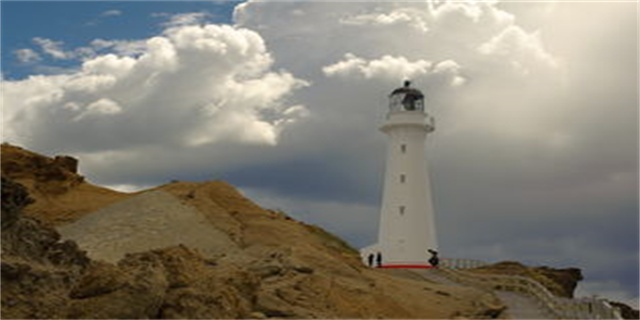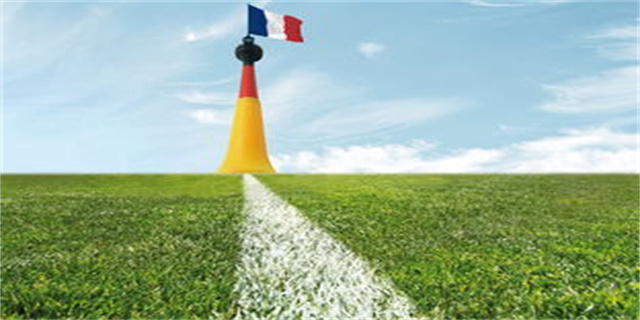Scattered About: The Various Ways We Disperse
Whether it's seeds blown across a field or letters strewn haphazardly across a desk, things can become scattered in a variety of ways. Below are three examples of different types of scattering, and how they affect our lives:
Natural Dispersal
The world around us is full of examples of natural scattering. Well-known phenomena such as seed dispersal by the wind or animals, and the spread of pollen, are both ways in which plants propagate. However, smaller-scale examples of natural scattering are also present in our daily lives. For instance, have you ever noticed how a pile of sand or salt will slowly spread out over time, despite being untouched? This is often due to the natural movements of air currents, gravity, and other environmental factors.

Similarly, debris often gets carried away by natural forces. For example, trash from a littered beach might get dragged out to sea by a rising tide, eventually bobbing up on the shore of a neighboring beach. As we continue to alter and shape our environment, it's important to recognize the natural forces at work and the potential consequences of our actions.
Intentional Dispersal
There are also many ways in which we intentionally scatter things in our daily lives. For example, many of us use scatter cushions to create a cozy atmosphere in our homes. We might scatter popcorn or flower petals across a table at a party, or scatter confetti at a wedding. All these activities are purposeful, designed to create a certain aesthetic, or to celebrate an occasion.

However, intentional dispersal can have more serious implications too. For example, we might scatter seeds in a particular area in order to restore a piece of land that has been disturbed. Similarly, some invasive species are intentionally spread by humans, with disastrous consequences for native habitats and ecosystems.
Accidental Dispersal
Finally, there are ways in which scattering occurs accidentally. For example, when documents or papers are dropped and scattered across a desk, or when a spillage covers a larger area than intended. Similarly, the seeds from a bird feeder might inadvertently be spread further when the feeder is knocked over in a storm or by an animal.
Accidental dispersal can also have serious consequences. For example, it's not uncommon for plants or animals to be unintentionally transported across the globe. Ballast water from ships, air travel, and even tourism can all contribute to the spread of invasive species, with sometimes dire consequences for native ecosystems.
In conclusion, scattering is a natural and common occurrence, but it can have both positive and negative effects on our lives and environment. By being more aware of the different causes and types of scattering, we can take steps to mitigate some of the negative consequences and make the most of the positive ones.









